Everything I know about the basics of how electricity works assumes that everything happens instantly, which obviously can't be true since it would violate causality.
So say you have a battery and a switch hooked up close enough to be considered 'instantaneous', and then have a 1000 mile-long cable (assume near-zero resistance so things don't get ridiculous) running to a light, and back. The light cannot turn on until at least 5 miliseconds later, and likely longer since electrical field changes propagate at 60%-90% the speed of light according to this answer. But then what would this light look light? Would it go from no light to full instantly, or would it slowly turn on? And what about how much current the lightbulb draws? That information has to somehow be sent back, hence taking another 5ms, since some sources of power provide less voltage if more current is pulled. Is there some back & forth in such a system, where it takes some time for things to even out?
When does the light turn on?

